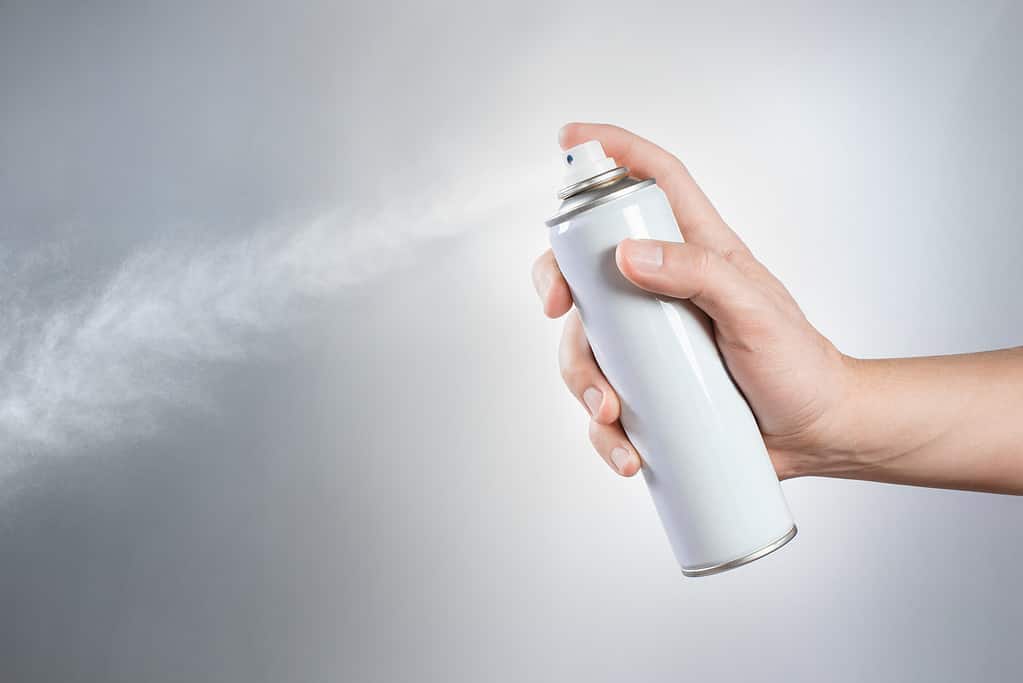Osmosis vs. diffusion: at first glance, it can be confusing to tell the difference between them. This is because both of these topics are similar, and both deal with how particles are transported. However, while they may seem similar, they aren’t the same.
Keep reading below to learn more about the difference between osmosis and diffusion!
What Is Osmosis?
First, before diving into more about the difference between osmosis and diffusion, it’s important to know that we’re dealing with biology. This means that, oftentimes, osmosis occurs on a small scale, such as with cells and molecules.
Osmosis is the movement of water molecules, which are made up of two atoms of hydrogen and one atom of oxygen. With osmosis, water molecules are going to move from a solution with a higher concentration to a solution of a lower concentration. This occurs through what is known as a partially permeable membrane. A partially permeable membrane means only certain types of molecules are able to pass through, while other molecules have to stay on their side of the barrier.
Osmosis is often best understood when seen at work. Consider that you have two different solutions separated by a partially permeable membrane. On the left, you have a solution that is made up of diluted salt water. This means that there is a higher number of water molecules. On the right, you have regular salt water. This side has more salt molecules than water molecules.
Because the membrane doesn’t allow for the salt molecules to pass through, only water can move from side to side. As a result, the left side has a higher concentration of water molecules, so the molecules will pass through the barrier to settle in the right side. This creates a balance on both sides, with both the left and the right then having equal concentrations.
Example of Osmosis
One of the best examples of osmosis is actually seen in plants. For example, let’s say you were to take various potato slices and put them into two different cups of water. One cup is filled with regular distilled water. The other cup has salt water. If you were to leave the slices sitting in the water overnight, you’d notice some interesting differences.
The slices left in the cup of fresh water look good! They would have a nice, healthy appearance, and when you try to break the potato slice in half, it will do so with a satisfying snap. However, the same cannot be said for the potato slices in salt water. These have a dark brown appearance, and they bend rather than break.
So what happened?
As you learned above, water molecules like to move from an area with more concentration (less salt) to a lower concentration (more salt). Because of this, the water and the potato in the distilled container are already in balance, and no water leaves the potato. However, in the case of the salt water, the water inside the potato slices moves into the salt water. This is because there are fewer water molecules in the salt solution.

Water molecules like to move from an area with more concentration (less salt) to a lower concentration (more salt). Because of this, the water and the potato in the distilled container are already in balance, and no water leaves the potato.
©Kseniia Titova/Shutterstock.com
What Is Diffusion?
Diffusion is another type of movement of molecules. Osmosis can be witnessed in many scenarios, including those outside the body. While this is true for diffusion as well, it is more common to see diffusion discussed in reference to the cells of the human body. However, it can also be understood when talking about fragrances and similar situations, as you’ll see in the example of diffusion further below.
There are two different forms of diffusion: simple diffusion and facilitated diffusion. Simple diffusion is a process similar to osmosis. Substances move in order to deliver key nutrients to the right places.
Facilitated diffusion is a little more complex. Here, certain substances, like amino acids, may be unable to move to the right area independently. Because of this, they often use carrier molecules, like proteins, to transport them to the right location. Even though this may seem like it requires energy, like osmosis and simple diffusion, it is considered passive.
Example of Diffusion
One of the best examples of diffusion actually has to deal with perfume or air fresheners. When you first spray an air freshener, you can often see the mist and where the fragrance is at its highest concentration. A few moments later, however, you’ll be able to smell it across the room. This is because the fragrance molecules diffuse through the molecules of the air, moving from a high concentration to a low concentration.

When you spray an air freshener, you’ll be able to smell it across the room. This is because the fragrance molecules diffuse through the molecules of the air, moving from a high concentration to a low concentration.
©Yeti studio/Shutterstock.com
Osmosis vs. Diffusion Summary
Above, you could get a glance at the differences and similarities between osmosis and diffusion. However, here is a complete summary of osmosis vs. diffusion to help you best understand what sets these two forms of transportation apart.
| Osmosis | Diffusion | |
| Molecules Being Moved | Water | Water, nutrients, etc. |
| Is Energy Required? | No | No |
| Occurs Across a Membrane | Yes | No, but can |

This diagram shows the differences between diffusion and osmosis in terms of molecules’ movements.
©Christinelmiller, CC BY-SA 4.0 <https://creativecommons.org/licenses/by-sa/4.0>, via Wikimedia Commons – License
The photo featured at the top of this post is © iStock.com/Trinset
Thank you for reading! Have some feedback for us? Contact the AZ Animals editorial team.






